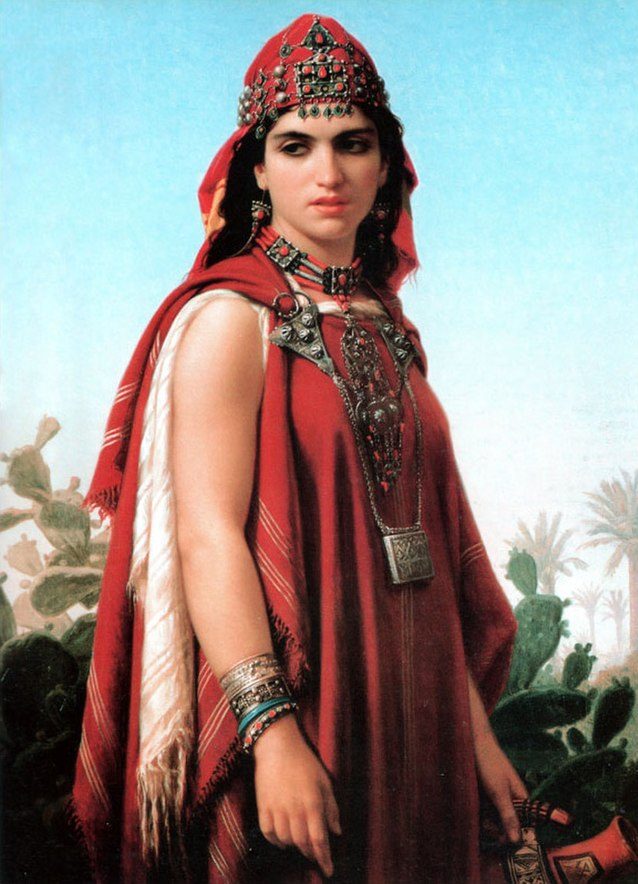Français – عربي – ⵜⴰⵎⴰⵣⵉⵖⵜ – English
Translation: Souliman El Abdellaoui
The oldest known inscription in an Amazigh language has been proposed to be an Egyptian stele dating back over 4,000 years, which mentions the names of five dogs that belonged to Pharaoh Antef II, at least two of which could be Amazigh names. If true, this would mean that, as early as the end of the 3rd millennium BC, the Libyan desert bordering Egypt was inhabited by Amazigh tribes, who spoke a language related to today’s Amazigh languages.

Antef II was a Pharaoh of the 11th Egyptian dynasty, who reigned for 50 years, from about 2118 BC to 2069 BC. His tomb, in Thebes, contains a funerary stele recounting his deeds, including the great number of buildings he erected. The stele also contains a representation of his five dogs, seated or standing around him, with their names inscribed beside them.
The names of the five dogs, and probably the dogs themselves, are of foreign origin. For three names, a translation into Egyptian is provided. The following are the five names: Bḥk3j, translated as “gazelle”, Phtz, translated as “the black one”, Tqrw, translated as “cooking pot”, 3b3qr and Tknrw.
Shortly after the discovery of this stele in 1876, Egyptologist Gaston Maspero was the first to suggest that one of these names, 3b3qr, might be of Amazigh origin. Another archaeologist, Georges Daressy, went even further, proposing an Amazigh origin for each of these names. It was then that René Basset, the foremost specialist in Amazigh languages at the time, entered the debate. After evaluating Georges Daressy’s five proposals, he concluded that only one was credible: that of 3b3qr, already proposed by Georges Maspero.
The three specialists identified 3b3qr with the Tuareg term abaykor, which designates an inferior breed of dog. From a linguistic point of view, this association is highly credible. However, it poses another problem: abaykor is a word unique to the Tuareg language, with no equivalent in other Amazigh languages. If this word already existed in such an ancient Amazigh language, supposedly at the origin of the others, it would be surprising if it had survived in only one present-day Amazigh language. For this reason, most specialists today question this origin and believe that abaykor is a much more recent term.
Subsequently, Georges Maspero proposed another Amazigh origin for another name: Tqrw, translated into Egyptian as wh3t, a type of cooking pot, which he linked to tagra, a word that exists in several modern Amazigh languages, to designate a tray or cooking pot. Other specialists are skeptical, for the following reason in particular: while the Egyptian term wh3t clearly designates a pot intended for cooking food over a fire, tagra rather designates a vessel intended for kneading or serving couscous. The exact meaning varies from language to language, but tagra is never used for a cooking pot intended to be placed on the fire.
Today, most specialists reject the theory of an Amazigh origin for 3b3qr, but admit the possibility of an Amazigh origin for Trqw, linked to Tagra. For the other three names, there is no possible Amazigh origin.

